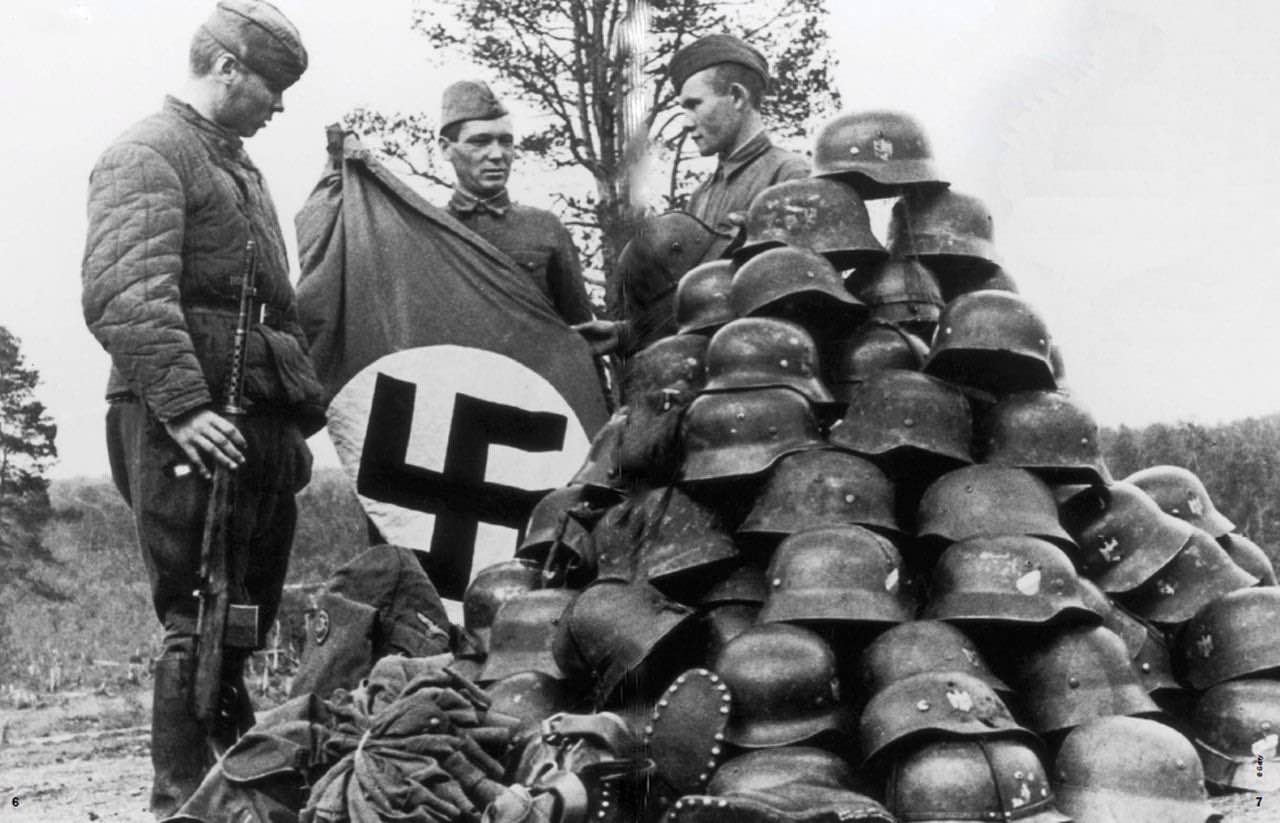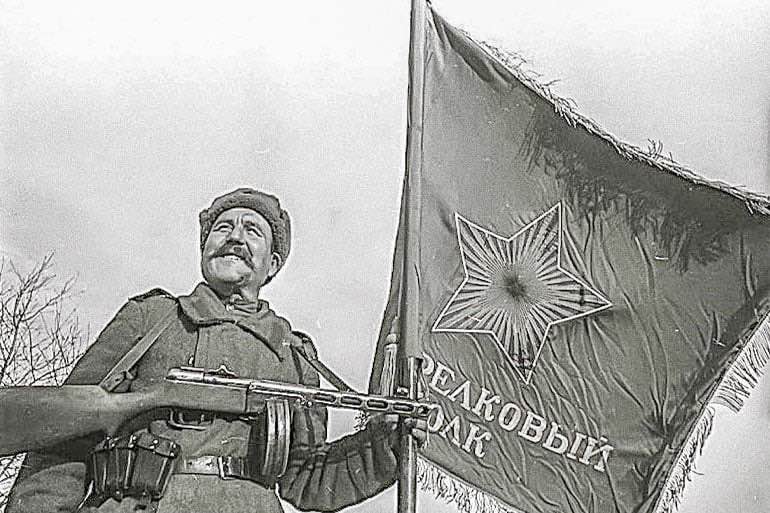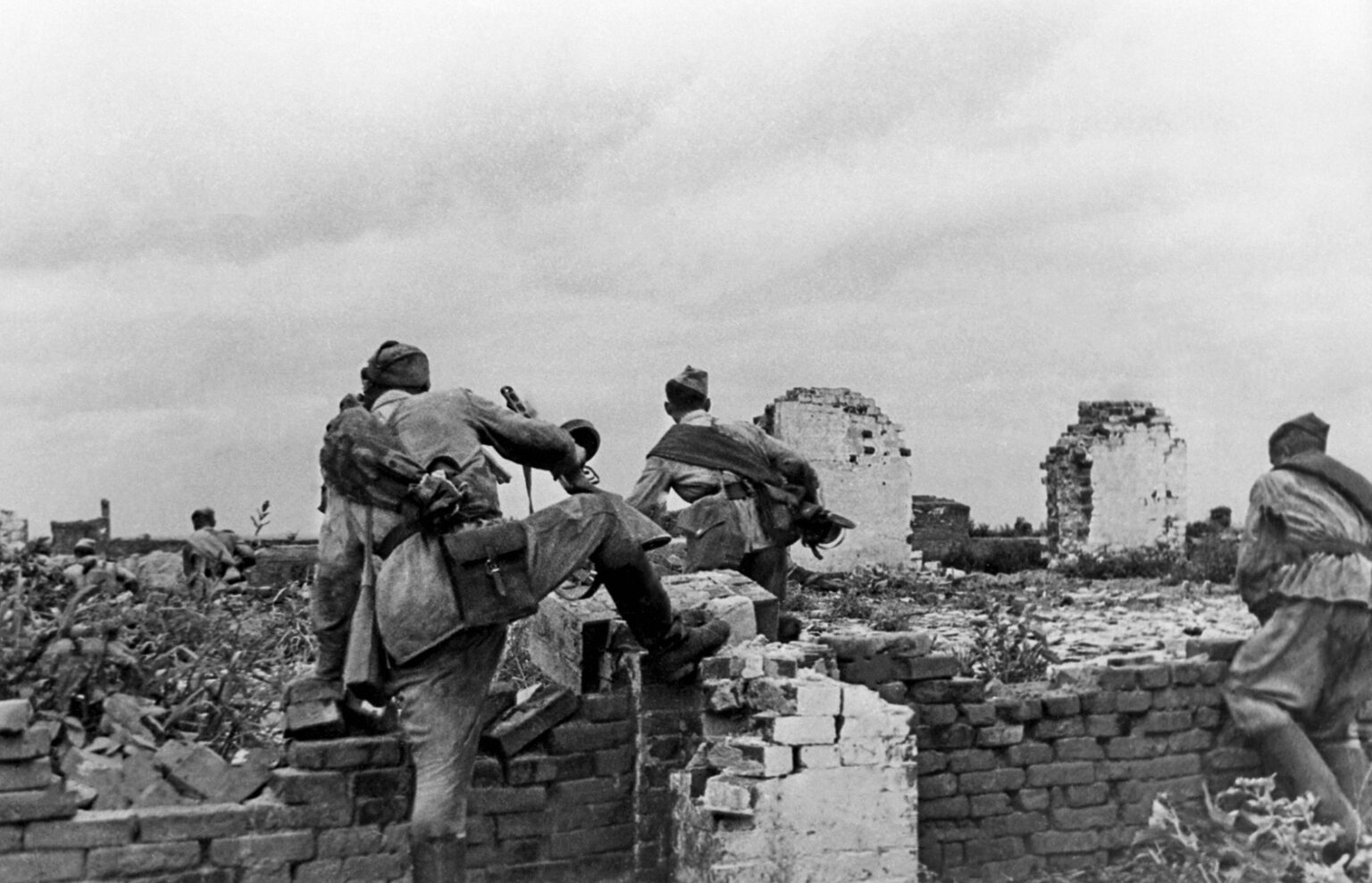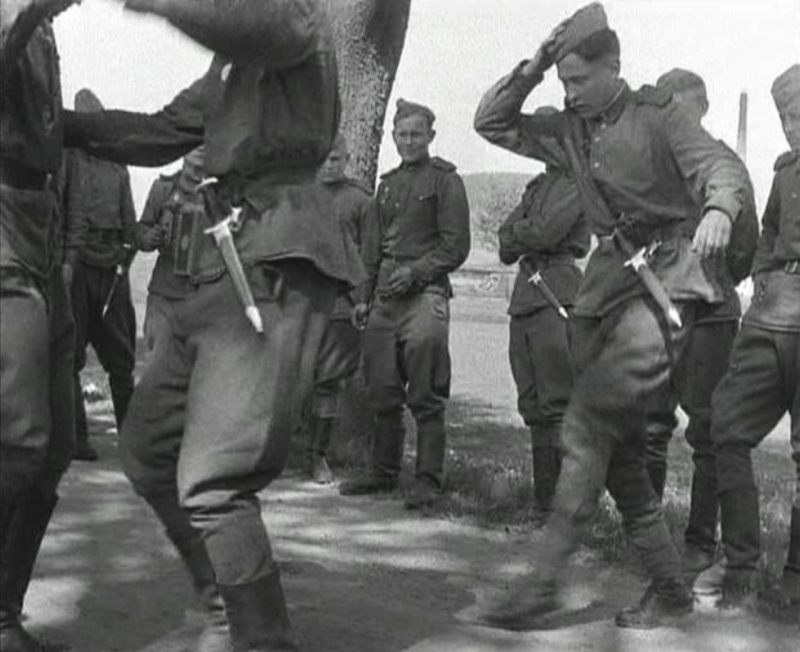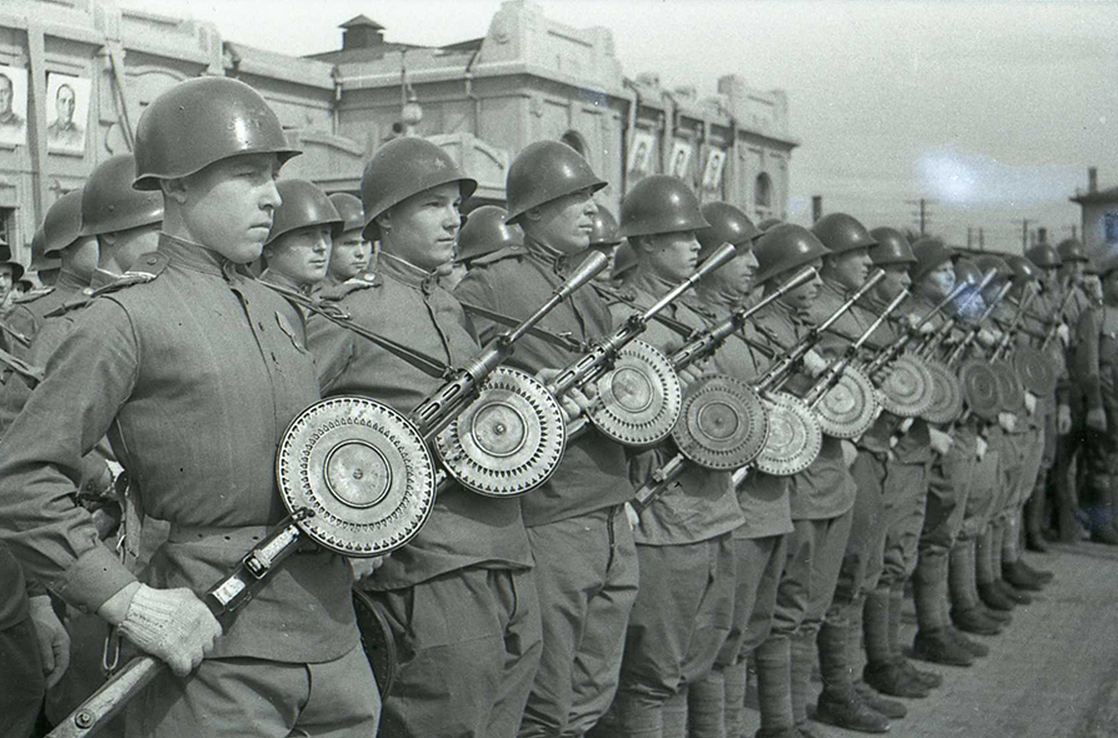War booty was also a primary interest for many frontline troops hoping to profit at the expense of their vanquished enemies. Many men and women came from poor areas or homes now ravaged by war, and German loot provided a boost to their own lifestyles both in the military and beyond.
Like earlier, good boots were always in demand and highly sought after from captured stocks, especially tall-style jackboots as one officer recalled. Harmonicas and instruments were also highly prized and frequently pillaged, noted Hero of the Soviet Union awardee Dmitriy Loza. Reactions over ‘liberated’ harmonicas ranged from envy to adoration for capable musicians who were often continually supplied with confiscated instruments for their performances.
Food was also a common item for speculation, such as fruits or alcohol highly desired by all troops, and stories abound of Red Army soldiers living more and more on captured food by the end of the war. Items from wealthy landowners or upper-class manors were always eyed by an army taught to hate exploitative and materialistic capitalists. Soldiers felt less guilty about such blatant acts of stealing when considering how their own homeland had been pillaged by the Wehrmacht in 1941 through 1943.
Indeed, men and women frequently sought after valuables such as fine clothing, jewelry, or art. Most notably, men adored nice watches and seemed to be in an eternal frenzy looting watches. Some Axis accounts, such as from Italian troops on the Don front in 1942, even note Soviet troops rushing to immediately demand watches from sometimes still-armed prisoners of war! Women fancied the fine dresses and clothing from Germany, using more practical pieces such as undergarments and sending home skirts and coats for when they return home.
Yet another, more humble reason exists for capturing certain German items: to simply provide for the everyday needs of loved ones back home who had little money to spend on themselves. Sergeant Aglaia Borisovna Nesteruk recalled how troops entering Germany collected items for their families back home. “We got permission to send packages home. Soap, sugar…Someone sent shoes. Germans have sturdy shoes, watches, leather goods. Everybody looked for watches.”
The Soviet Union did prohibit trade, or speculation, as the crime was called by the state police. Speculation, especially of Red Army supplies, was a considerable crime in the Red Army punishable by court-martial. However, evidence suggests the Red Army men were not shy about participating in speculation in the material-rich world of a combat zone. In fact, the Red Army during the war valued any materials worth reusing or helping please the demands of troops.
One notable example is the decree allowing for mailing war loot, issued December 1944 and implemented on January 1, 1945. The decree permitted frontline troops to mail back 5 kilograms once a month with no shipping cost. Parcels were still subject to scrutiny, including forbidden items such as weapons, liquids, medicine, and perishable goods, as well as any written notes or messages that could bypass censorship. The parcel system never formally sanctioned looting, but many soldiers from then on started more vigorously searching for valuables to send back home.
